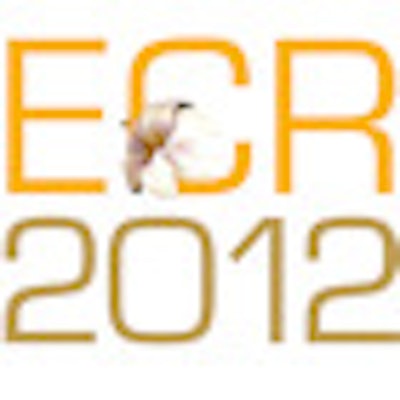
More than half of important medical imaging research is published in nonradiology journals, making it a huge challenge for radiologists to keep abreast of the latest research, according to new analysis presented at this month's European Congress of Radiology (ECR) in Vienna.
Radiology registrar Dr. Yune Kwong and consultant radiologist Dr. Khalid Latief, both from Nottingham University Hospitals in the U.K., conducted a study to determine where 1,750 primary studies and 101 systematic reviews were published in peer-reviewed journals over a six-year period. They determined that 45% were published in the 20 radiological journals with the highest impact factor. The remaining 55% were published in clinical subspecialty journals, general medicine journals, and other peer-reviewed journals, including those in health IT.
"This can be explained by some clinical specialty journals having impact factors higher than radiology journals, collaboration between referring physicians and radiologists, and increasing involvement of referring physicians in directly acquiring imaging studies," they noted. "The scatter of radiological research across a broad range of journals means that browsing selected radiological journals is not sufficient to keep up-to-date."
The authors used 2010 Journal Citation Reports to measure impact factors. One example of a nonradiology journal having a much higher impact factor than a top radiology journal cited by authors was the New England Journal of Medicine, which has an impact factor 10 times that of Radiology.
"We conducted the study after occasionally encountering colleagues who were more knowledgeable about the use of imaging data than radiologists. When we informally looked into this, we discovered that a large number of important articles concerning imaging techniques were not being published in radiological journals," Kwong told AuntMinnieEurope.com in an email.
The authors also wanted to determine the extent of specific literature that might be missed if radiologists only read radiological journals. It is important for radiologists to practice evidence-based medicine and to identify the latest research, and with the growth in medical journals and the body of knowledge, radiologists must be aware of strategies to identify up-to-date publications, they stated.



















